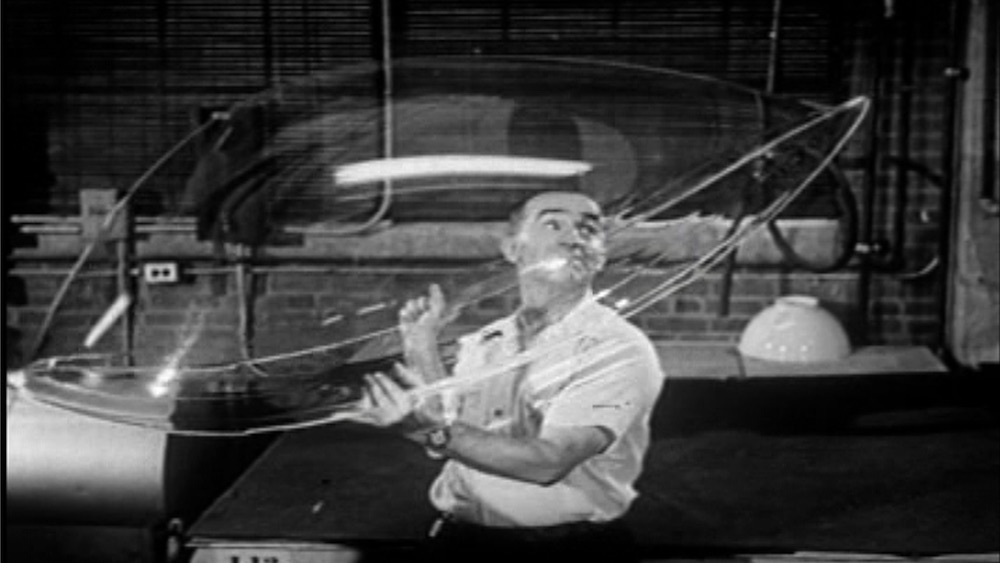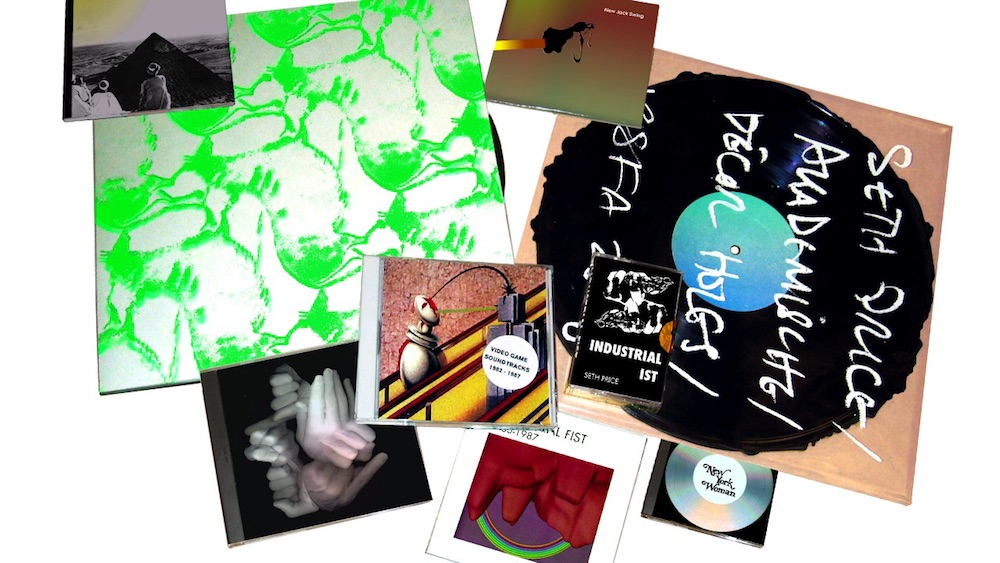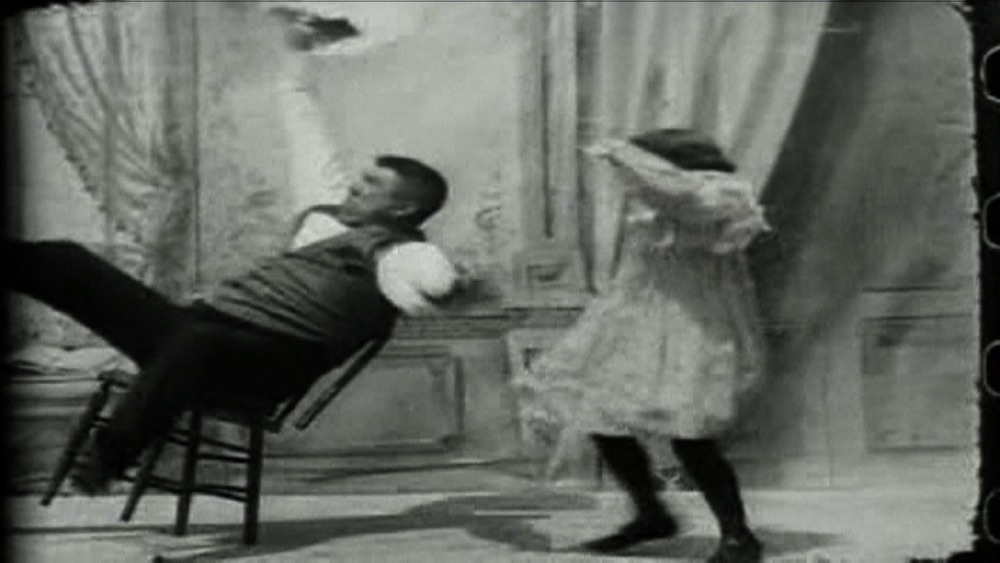
“It’s exciting, because [a film] theatre brings a new audience with a different set of references, and it requires a different sort of attention,” says Seth Price. He’s telling me about his recent showing of an updated version of his “never-ending” film, Redistribution, at Chinatown’s indie theatre Metrograph. This space offered a clear break with the traditional gallery set-up for showing film work. “It was like testing the work, poking it to see what happens.”
“I don’t have any limits, and I just try to be sensitive to things that feel like they carry a charge”
Working from his Chelsea studio in New York, Price has over the years become a key figure of new media, whose multimedia practice spills into other immediate media such as publishing and film—and Redistribution is arguably the starkest illustration of the forty-six-year-old’s quest to dismantle methods of art-making and distribution.
- Seth Price Redistribution 2007- Single-channel video Color, sounds length variable Installation dimensions variable
The project had its start in 2007 with limited stock footage pulled from the Internet—an entity Price has a long-held love/hate relationship with—and videos he shot with a crew as well as some CGI. “I don’t have any limits, and I just try to be sensitive to things that feel like they carry a charge,” he says about his source material, which has morphed into a collage of sequences, woven into a humorous yet eerie experience in essay film format, “a tradition that defies typical climax and resolution elements of a film”, according to Price.
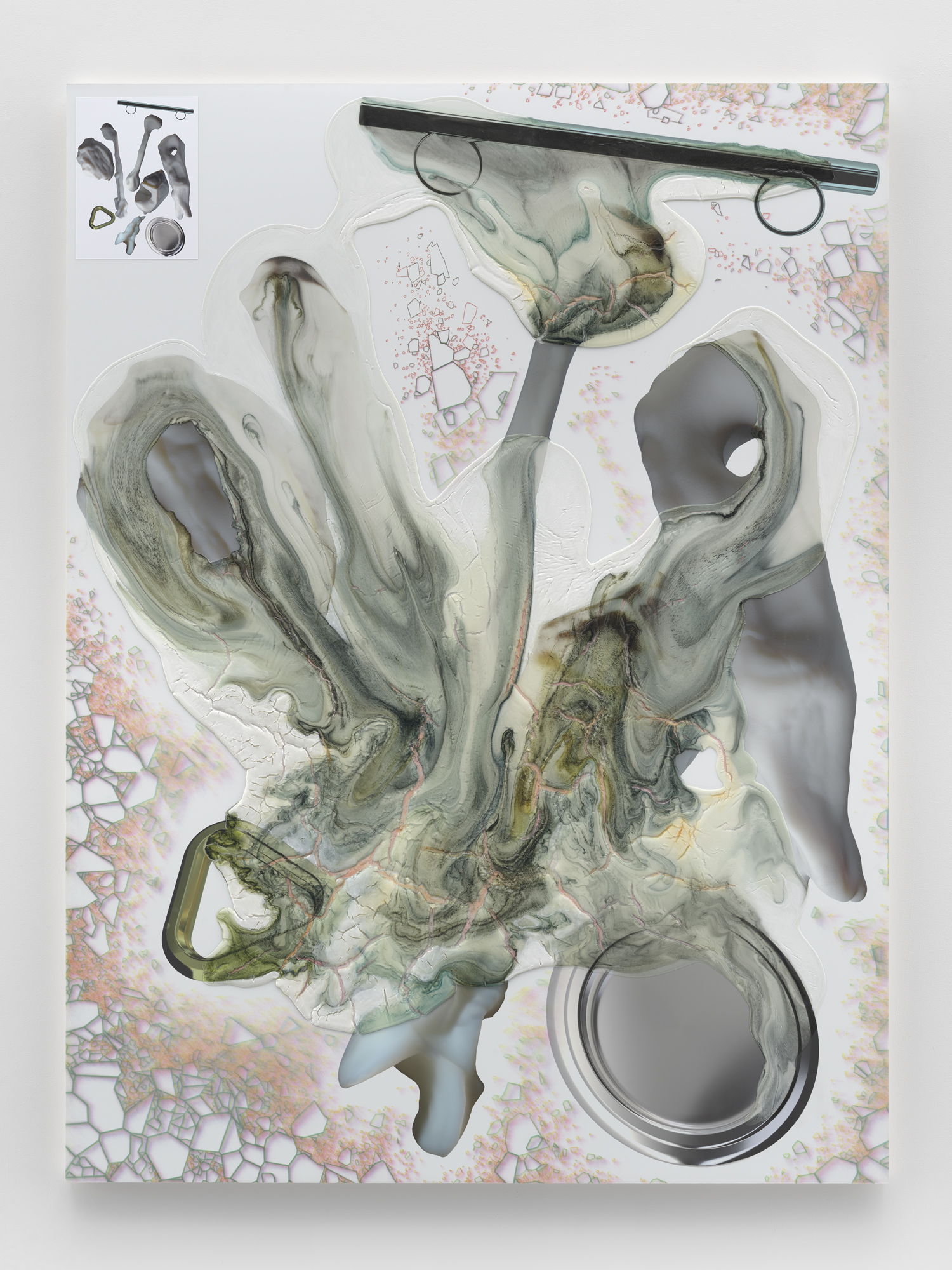
The artist finds inspiration in the films of Chris Marker, Trinh T Minh-ha, Alexander Kluge and especially Godard. In essay films, he believes that “form is up for grabs and the artist’s voice seems to be present”, a key element that Price renders omnipresent by blanketing the film with a voice that is his yet not. Throughout Redistribution, the artist’s voice is altered and merged with that of an actress who he fittingly discovered in Grand Theft Auto. He notes that this disembodied, cyborg quality helps him “take distance with media, tools and ideas, which include the stories we tell ourselves about who we are in the world”.
- Seth Price Redistribution 2007- Single-channel video Color, sounds length variable Installation dimensions variable
The eighty-two-minute film—as in its 2019 version shown at Metrograph—starts with Price Googling the word “painting”, which catalyzes a rabbit hole fall into limits and purposes of self-expression in the digital age, when memes are paintings and selfies are portraits. “These days I’d have zero interest in making art based on Internet searches. All the questions are different now.” He tells me, when I ask what a Google search for “new media” might result in. He notes that image search did not exist when he first started making the film. “That was a point in the lecture where I screened an excerpt of a work I made in 2000, using Internet searches. Back then no one was making art that way. You had to scroll through page after page to find the pictures.”
“These days I’d have zero interest in making art based on Internet searches”
Redistribution is a wash of sequences that meander between a charismatic deadpan Price giving an artist talk at the Guggenheim as well as images of flowers blossoming, couples caressing and heavy machines working. Price’s narration prompts us to ponder the authorship of the images we are drenched in today through the Internet, media and “real life”.
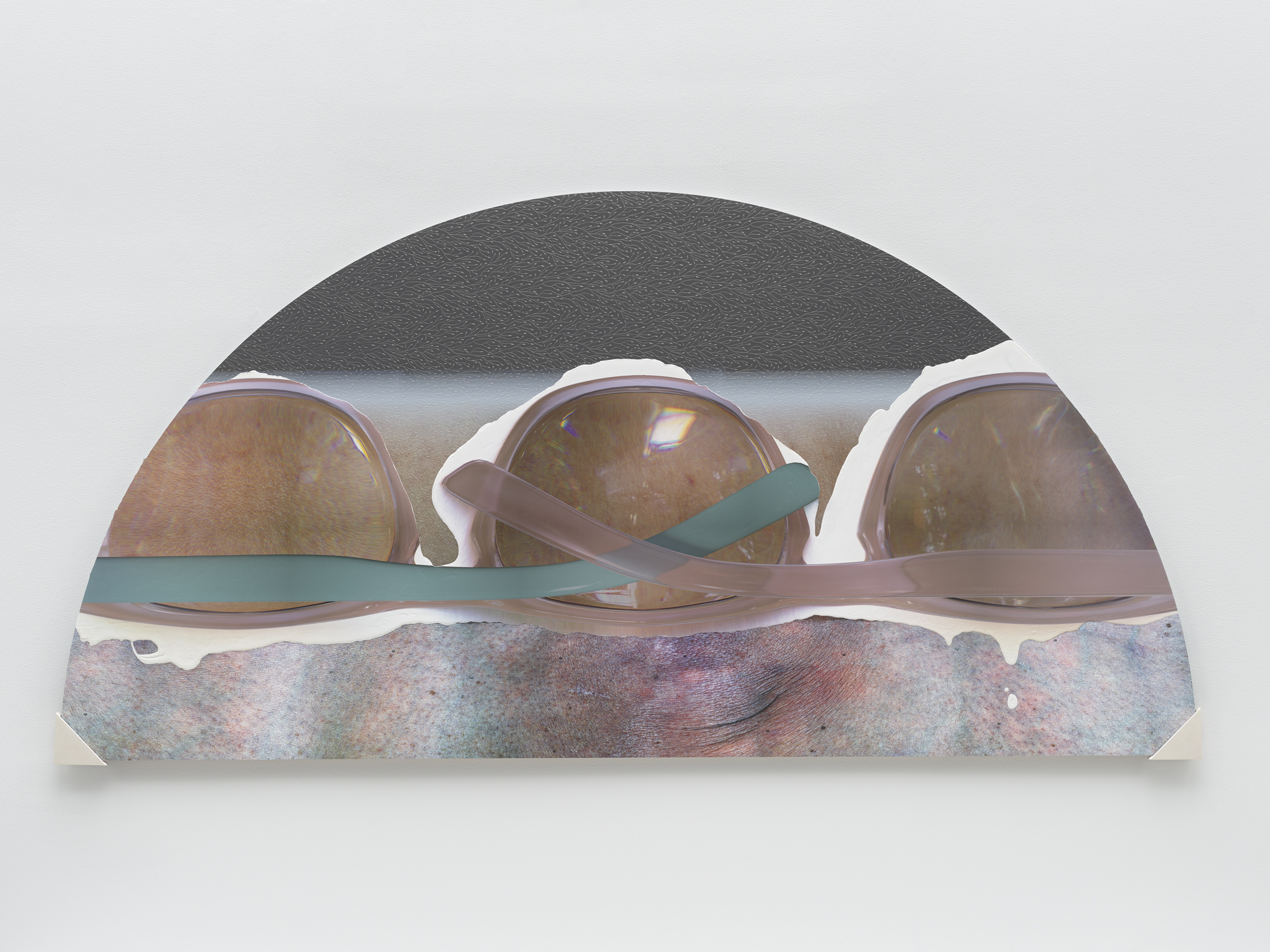
His solution throughout the film seems to be to free himself from any medium or association with the authorship of ideas and the images they represent. “Redistribution accretes in bits and pieces, over time, and really unevenly, more like a coral,” he muses about his constant return to the content over the years during the rise of social media, meme culture and online trolling. “Watching it feels like a cycle of becoming and dissolving, over and over.” He emphasizes that the project did not start as a film, but rather a documentation of his 2007 artist talk that was basically a PowerPoint. “As I added things, it Frankesteined into something else.”
- Seth Price Redistribution 2007- Single-channel video Color, sounds length variable Installation dimensions variable
How about showing work in a white cube space? Price is preparing for a solo exhibition at Aspen Art Museum, titled No Technique, which will feature two bodies of work in painting, a path Price has found ways to dismantle and reshape in the wake of new media in the early 2000s. When the exhibition opens in late November, visitors will have chance to experience Price in analogue, including his vacuum-formed Knot Paintings from 2009 and Social Space series, which merges images of computerized models with tactile materials, such as resin and polymer.
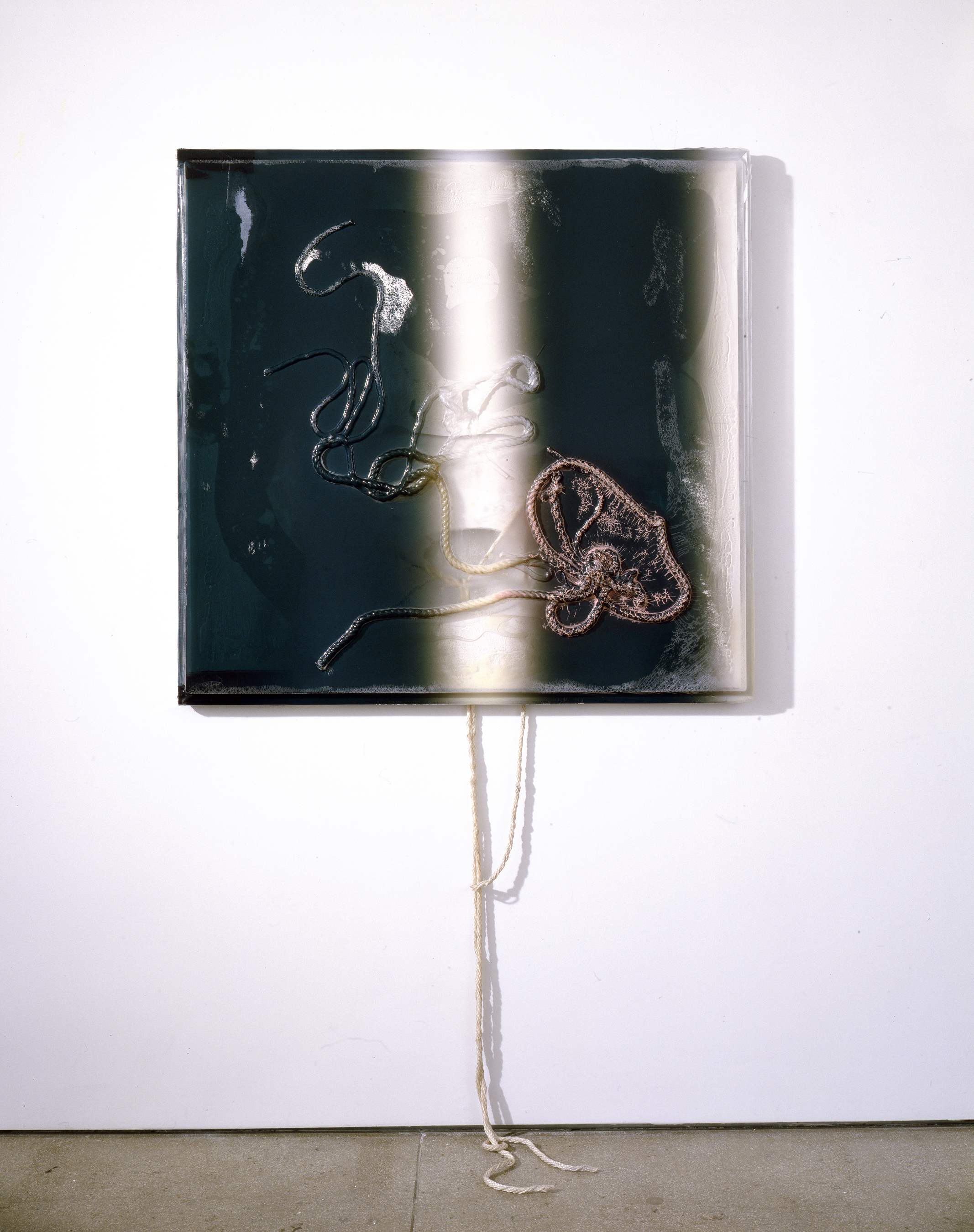
8 Ounces of Water, 8 Hours of Sleep, 2011-2012, Acrylic and enamel paints, tinted resin, and UV- cured ink-jet on PETG vacuum-formed over knotted rope, routed foam, aluminum, 117.5 x 113 x 7 cm. Lender: Dana Ardi
In a world where every biennial includes at least one goggle-requiring VR piece, he doesn’t see the exhibition space as a limitation. “It’s the context, and context makes the work,” he explains. “Whenever a sculpture makes a move, it changes, from the studio to the gallery to someone’s home. The Metrograph theatre made Redistribution into a different artwork.”

